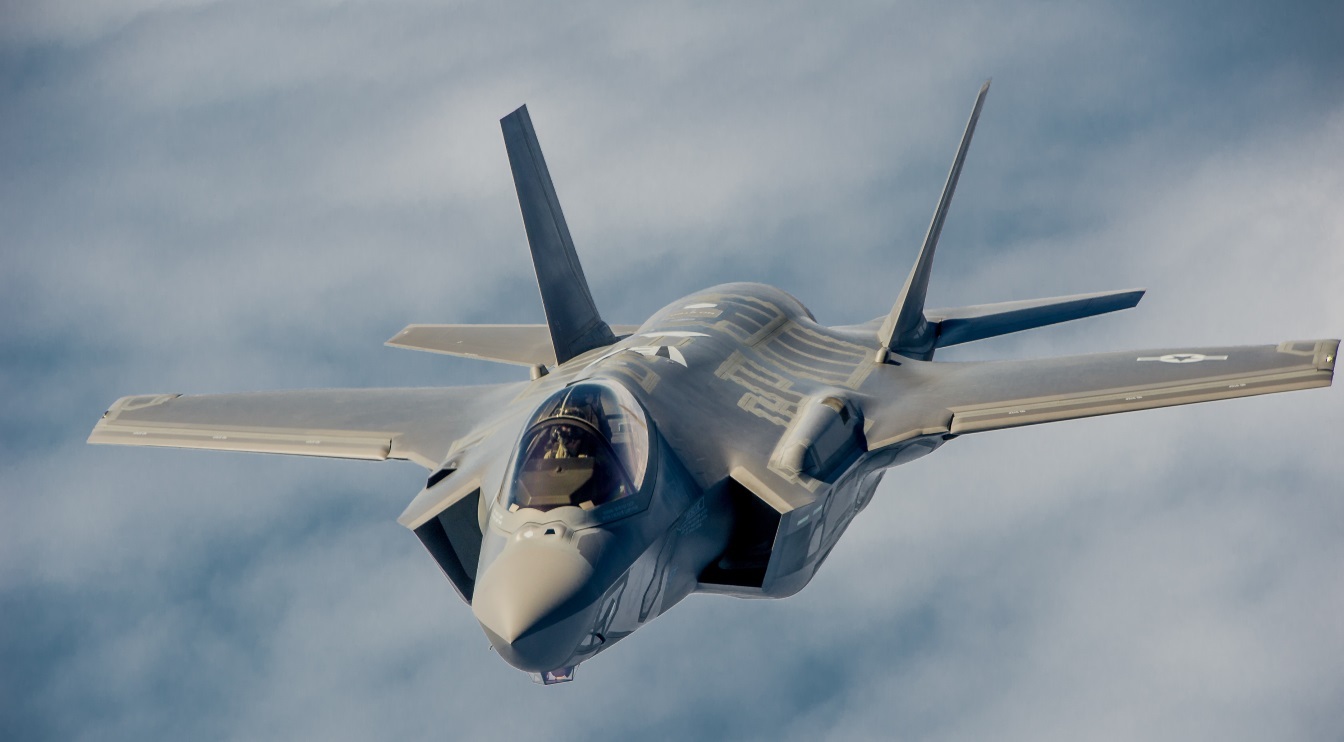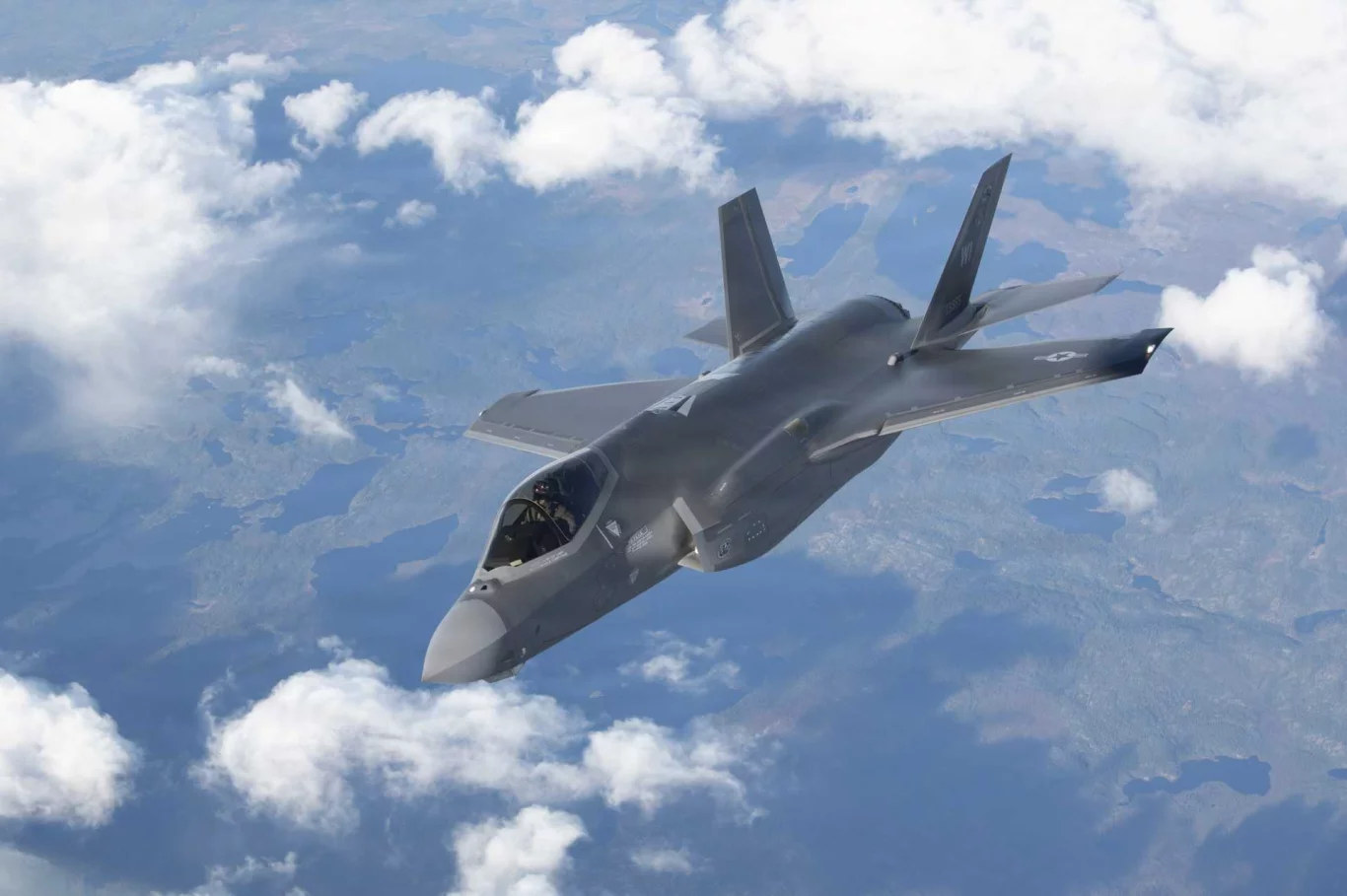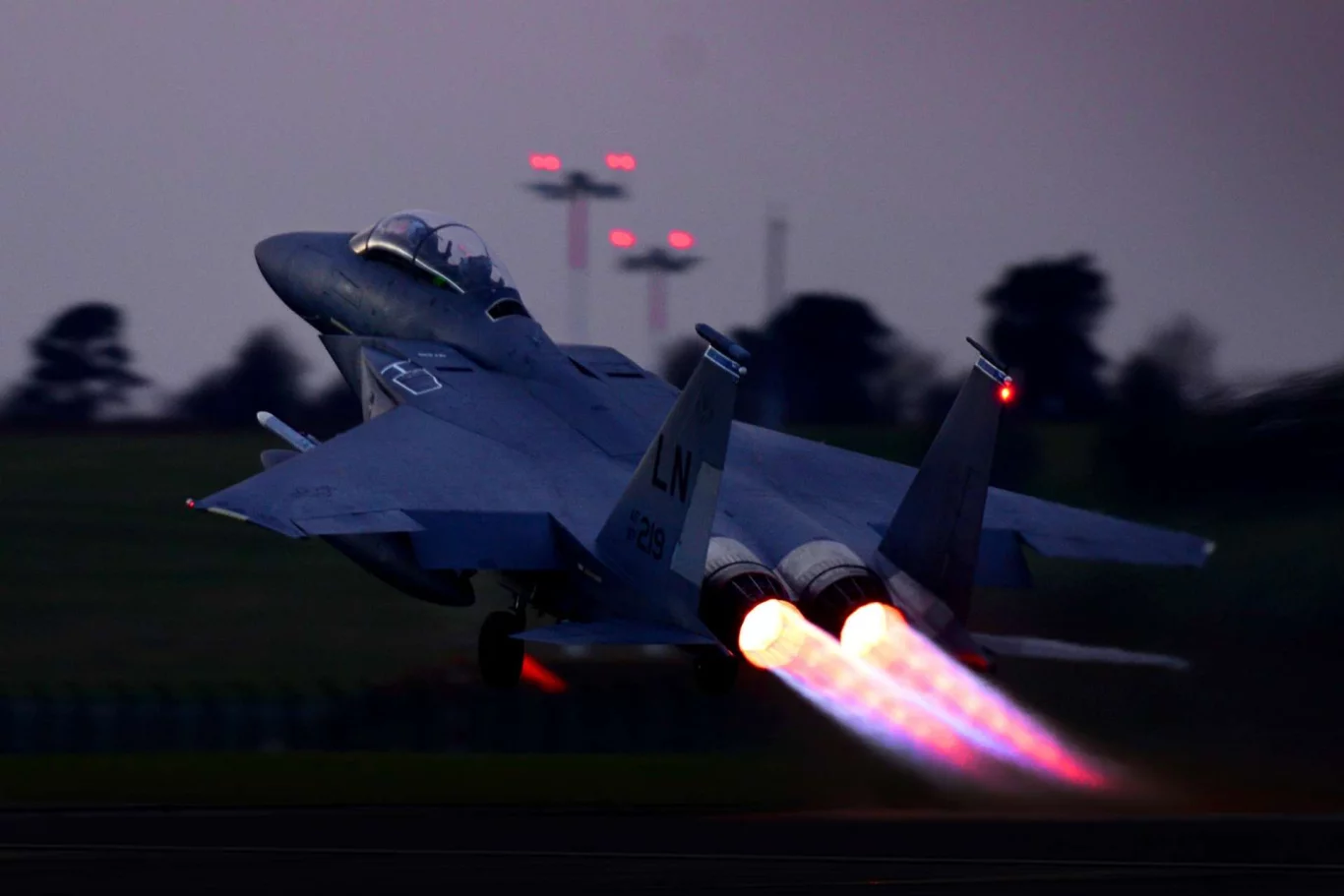In a significant escalation of its military capabilities, Denmark has greenlit the acquisition of 16 additional F-35 fighter jets, pushing the Royal Danish Air Force’s future inventory to an impressive total of 43 aircraft. This decision, announced on October 10, 2025, not only amplifies Denmark’s aerial combat prowess but also underscores a strategic pivot toward bolstering deterrence in the increasingly contested Arctic region. Paired with a comprehensive multi-billion-dollar investment package aimed at enhancing surveillance, maritime assets, and command structures in Greenland and the North Atlantic, this move signals Denmark’s commitment to a more robust role within NATO’s northern flank. As hybrid threats from adversaries like Russia continue to mount, including drone incursions and provocative naval maneuvers, Copenhagen is clearly positioning itself as a key player in safeguarding Nordic security and complicating potential aggressors’ calculations.
The announcement comes at a time when geopolitical tensions in Northern Europe are running high. Recent months have witnessed a surge in hybrid warfare tactics, such as unmanned aerial vehicle (UAV) incursions over critical infrastructure, including airports and military bases. For instance, facilities like Copenhagen Airport and Aalborg Airport have faced temporary shutdowns due to suspicious drone activity, while Karup Air Base has also reported sightings. NATO allies, including Denmark, have attributed these incidents to state actors—though formal attribution remains ongoing—highlighting the urgent need for enhanced defensive measures. In response, the Danish Ministry of Defence (MoD) has initiated immediate negotiations with the F-35 Joint Program Office (JPO) to explore accelerated delivery options. This could expedite the integration of the new jets into operational squadrons, streamlining training pipelines and ensuring faster readiness for high-stakes missions.
At the heart of this expansion is the F-35A Lightning II, a fifth-generation multirole fighter jet renowned for its stealth capabilities, advanced sensor fusion, and network-centric warfare features. Manufactured by Lockheed Martin with engines from Pratt & Whitney, the F-35 integrates low-observable technology that minimizes its radar cross-section, making it exceptionally difficult for enemy radars to detect. Its Active Electronically Scanned Array (AESA) radar, Distributed Aperture System (DAS), and sophisticated datalinks allow it to function not just as a strike platform but as a flying command center, capable of gathering, processing, and disseminating real-time intelligence across joint forces. For Denmark, this means the jet can seamlessly support air policing, cruise missile defense, maritime strikes, and even targeting assistance for allied assets like naval frigates or long-range artillery.
To fully capitalize on these capabilities, the expansion plan goes beyond mere aircraft procurement. It includes investments in essential support infrastructure, such as advanced threat simulators to mimic adversary tactics during training, state-of-the-art flight simulators for pilot proficiency, specialized training instrumentation, and braking parachutes tailored for operations on icy Nordic runways. Deployment kits, expanded facilities, and additional staffing are also part of the package, all aimed at sustaining higher sortie rates—meaning more missions flown in less time. A particularly innovative element is the introduction of Collaborative Combat Aircraft (CCA), often referred to as “loyal wingmen.” These unmanned drones are designed to operate in tandem with manned F-35s, extending the pilot’s reach by acting as forward sensors, decoys, or even weapons carriers. This manned-unmanned teaming concept represents a forward-looking approach to future warfare, where swarms of autonomous systems could overwhelm opponents while keeping human operators at a safer distance.
Denmark’s journey with the F-35 has been marked by swift progress since the first aircraft touched down at Fighter Wing Skrydstrup in October 2023. By April 1, 2025, the jets were already certified for Quick Reaction Alert (QRA) duties, standing ready alongside the aging F-16 fleet to respond to airspace violations. Full operational capability is slated for 2027, with Denmark currently operating 15 F-35s domestically and another six at a U.S. training site. The original order of 27 jets is on track for completion by 2026, and the new batch of 16 will accelerate this buildup, allowing for quicker replacement of the F-16s—some of which have been transferred to Ukraine amid ongoing conflicts. This transition addresses capability gaps left by the phase-out of older platforms and ensures Denmark maintains a cutting-edge air force amid evolving threats.
When compared to other European fighter jets, the F-35 stands out for its emphasis on survivability in contested environments. Unlike fourth-generation aircraft such as the Eurofighter Typhoon or Dassault Rafale, which excel in agility and raw performance but lack inherent stealth, the F-35 is built to penetrate heavily defended airspace undetected. Even against advanced peers like Sweden’s Saab Gripen E, which offers impressive cost-efficiency and short-takeoff capabilities, the F-35’s sensor fusion provides a superior “find-fix-finish” cycle—rapidly identifying threats, tracking them, and neutralizing them. This is particularly vital for Denmark’s operational theaters, spanning the Baltic Sea’s busy shipping lanes to the vast, remote expanses of the North Atlantic. Here, the jet’s passive detection systems can classify targets without emitting signals that give away its position, enabling it to cue allied forces like P-8A Poseidon maritime patrol aircraft or submarines for coordinated strikes.
The broader strategic ramifications of this order cannot be overstated. Denmark’s northern frontiers have become a hotspot for Russian provocations, including naval transits through the Danish Straits and aerial incursions that test NATO’s resolve. By expanding its F-35 fleet and investing in Arctic enhancements—such as a new command headquarters in Nuuk, Greenland, along with drones, maritime patrol vessels, and improved surveillance networks—Copenhagen is fortifying its ability to monitor and respond to activities in the Greenland-Iceland-UK (GIUK) gap, a critical chokepoint for submarine and air traffic. This integrated approach creates tighter “kill chains,” where data from F-35s can be shared instantaneously with surface ships, subsurface assets, and allied command centers, making it exponentially harder for adversaries to exploit vulnerabilities in air, sea, or undersea domains.
Financially, the initiative is backed by substantial funding: 29 billion Danish kroner (approximately $4.2 billion USD) allocated specifically for the 16 jets, and an additional 27.4 billion kroner for the Arctic and North Atlantic reinforcement package. These investments cover not only hardware but also infrastructure upgrades in Greenland and the Faroe Islands, ensuring sustained military presence in remote areas. Negotiations with the JPO will determine exact timelines, but the order aligns with the latest global production lots (18–19), which were awarded to Lockheed Martin on September 29, 2025, for up to 296 aircraft starting deliveries in 2026. Operating under the U.S. Foreign Military Sales (FMS) framework, Denmark benefits from standardized maintenance and upgrades, fostering interoperability with NATO partners like the U.S., Norway, and the UK, all of whom operate F-35 variants.
Looking ahead, this expansion solidifies Denmark’s position as a resilient NATO ally, capable of deterring aggression through superior technology and integrated defenses. The larger F-35 force, combined with CCA drones and enhanced Arctic basing, provides the mass and redundancy needed to handle everything from routine air patrols to crisis response amid drone swarms or submarine incursions. It also aligns with broader alliance goals, such as strengthening integrated air and missile defense across the northern theater. In an era where hybrid threats blur the lines between peace and conflict, Denmark’s investments are not just about adding planes—they’re about constructing a formidable, interconnected shield that raises the stakes for any would-be aggressor, from the icy waters of the Arctic to the strategic bottlenecks of the Baltic.
This development marks a pivotal chapter in Denmark’s defense modernization, transitioning from reliance on legacy systems to a future-proof, networked force. As global powers jockey for influence in the High North—where melting ice opens new shipping routes and resource opportunities—the Royal Danish Air Force’s enhanced capabilities will play a crucial role in maintaining stability and sovereignty.




